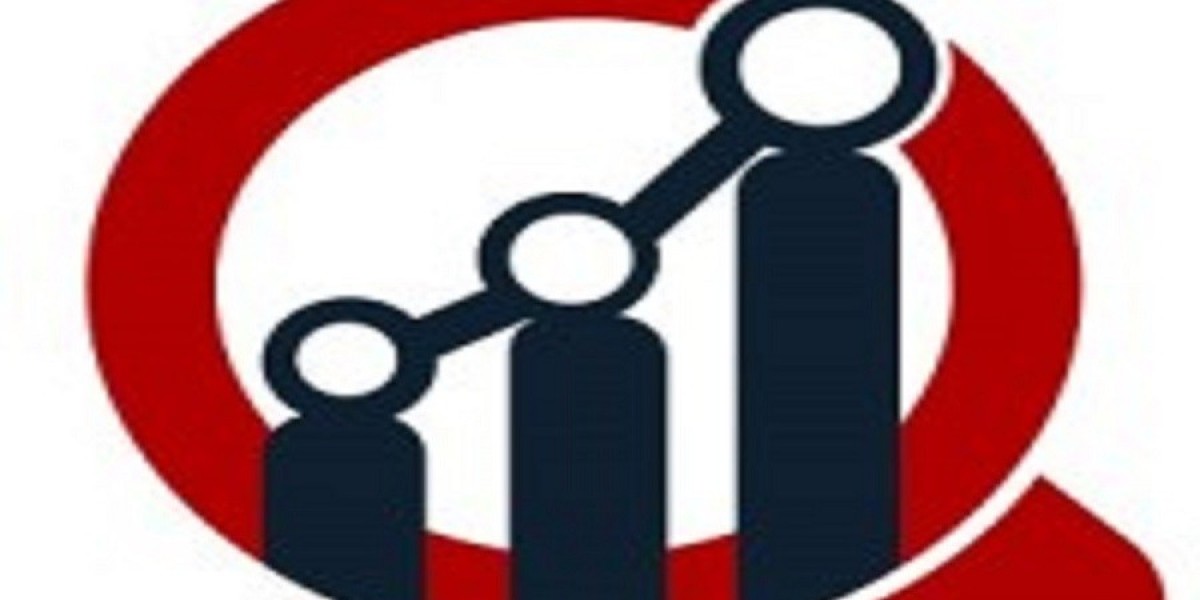As per Market Research Future, the Power Line Clearance Market is growing steadily as utilities and governments prioritize safe and reliable electricity distribution. Power line clearance, also referred to as utility vegetation management, involves the trimming, removal, or control of trees and vegetation around overhead power lines to prevent outages, fires, and safety hazards. Effective clearance practices are essential to maintaining uninterrupted electricity supply, protecting infrastructure, and minimizing the risk of accidents caused by vegetation interference with power lines.
Importance of Power Line Clearance
Power line clearance is a critical component of electrical network maintenance. Overgrown trees and vegetation near power lines can lead to short circuits, line damage, and power outages, especially during storms or high wind conditions. In regions prone to wildfires, improper vegetation management around power lines can have catastrophic consequences. By implementing systematic clearance programs, utilities reduce the risk of outages, enhance grid reliability, and protect public safety. Additionally, power line clearance contributes to the longevity of transmission and distribution infrastructure, reducing maintenance costs and improving operational efficiency.
Techniques and Methods
Various methods are employed in power line clearance, depending on vegetation type, line voltage, and environmental considerations. Traditional manual trimming using chainsaws and pruning tools remains common, especially for localized areas. Mechanical methods, including brush cutters, mulchers, and tree chippers, are utilized for larger areas and dense vegetation. Aerial techniques, such as helicopter or drone-assisted inspections, are increasingly adopted to assess vegetation growth, plan clearance operations, and monitor compliance with safety standards.
Chemical vegetation control, involving selective herbicides, is another approach used to prevent regrowth in critical areas while minimizing environmental impact. Emerging technologies, including remote sensing, GIS mapping, and AI-powered monitoring systems, allow utilities to optimize clearance schedules, reduce costs, and ensure regulatory compliance. These innovations enhance precision, reduce manual labor, and allow for proactive management rather than reactive interventions.
Applications and Benefits
Power line clearance has multiple applications across transmission and distribution networks. For high-voltage transmission lines, clearance ensures uninterrupted power delivery across long distances, reducing the likelihood of faults caused by vegetation contact. In urban distribution networks, clearance prevents outages in densely populated areas, improving customer satisfaction and minimizing economic losses due to electricity disruption. Utilities also leverage clearance programs to support renewable energy integration, as growing vegetation can impact the efficiency and safety of solar and wind power connections.
The benefits of power line clearance extend beyond operational efficiency. Proper vegetation management reduces the risk of electrical fires, enhances safety for maintenance personnel, and protects nearby communities. It also supports compliance with regulatory standards, environmental guidelines, and industry best practices, promoting sustainable energy management.
Regional Insights
Geographically, power line clearance practices vary depending on climate, vegetation density, and regional regulations. North America and Europe have well-established clearance programs supported by advanced technologies and strict regulatory frameworks. Asia-Pacific is witnessing growth in this market due to rapid urbanization, increasing electricity demand, and the expansion of transmission and distribution networks. Emerging economies are investing in power line clearance to reduce outages, improve grid reliability, and ensure public safety, driving the adoption of both traditional and technologically advanced clearance methods.
Future Outlook
The power line clearance market is expected to grow as utilities and governments increasingly emphasize grid reliability, safety, and sustainability. Technological innovations, including drones, AI-based monitoring, and remote sensing, will continue to enhance the efficiency and precision of clearance operations. Integration with smart grid initiatives, renewable energy expansion, and proactive vegetation management programs will further support market growth, ensuring that power networks remain safe, reliable, and resilient against natural and operational challenges.
FAQs
1. What is power line clearance, and why is it necessary?
Power line clearance involves trimming or removing vegetation near power lines to prevent outages, fires, and safety hazards. It is essential for maintaining reliable electricity supply and protecting public safety.
2. What methods are used for power line clearance?
Methods include manual trimming, mechanical cutting, aerial inspections using drones or helicopters, and chemical vegetation control. Advanced technologies like GIS mapping and AI monitoring are also used for optimized management.
3. Which regions are leading in power line clearance practices?
North America and Europe have well-established programs, while Asia-Pacific is experiencing significant growth due to urbanization, infrastructure expansion, and increasing electricity demand.
More Related Reports:
US Hot Water Circulator Pump Market







